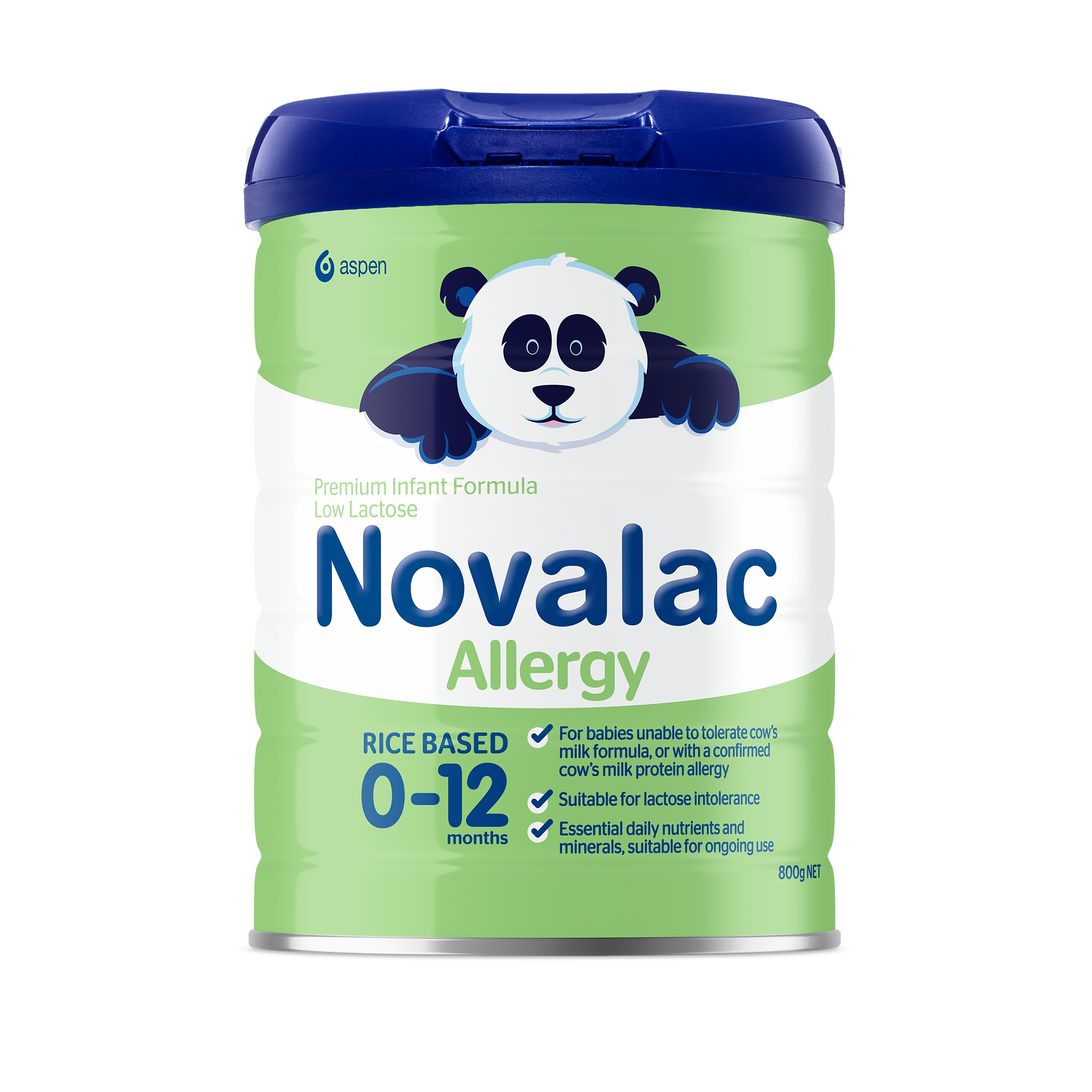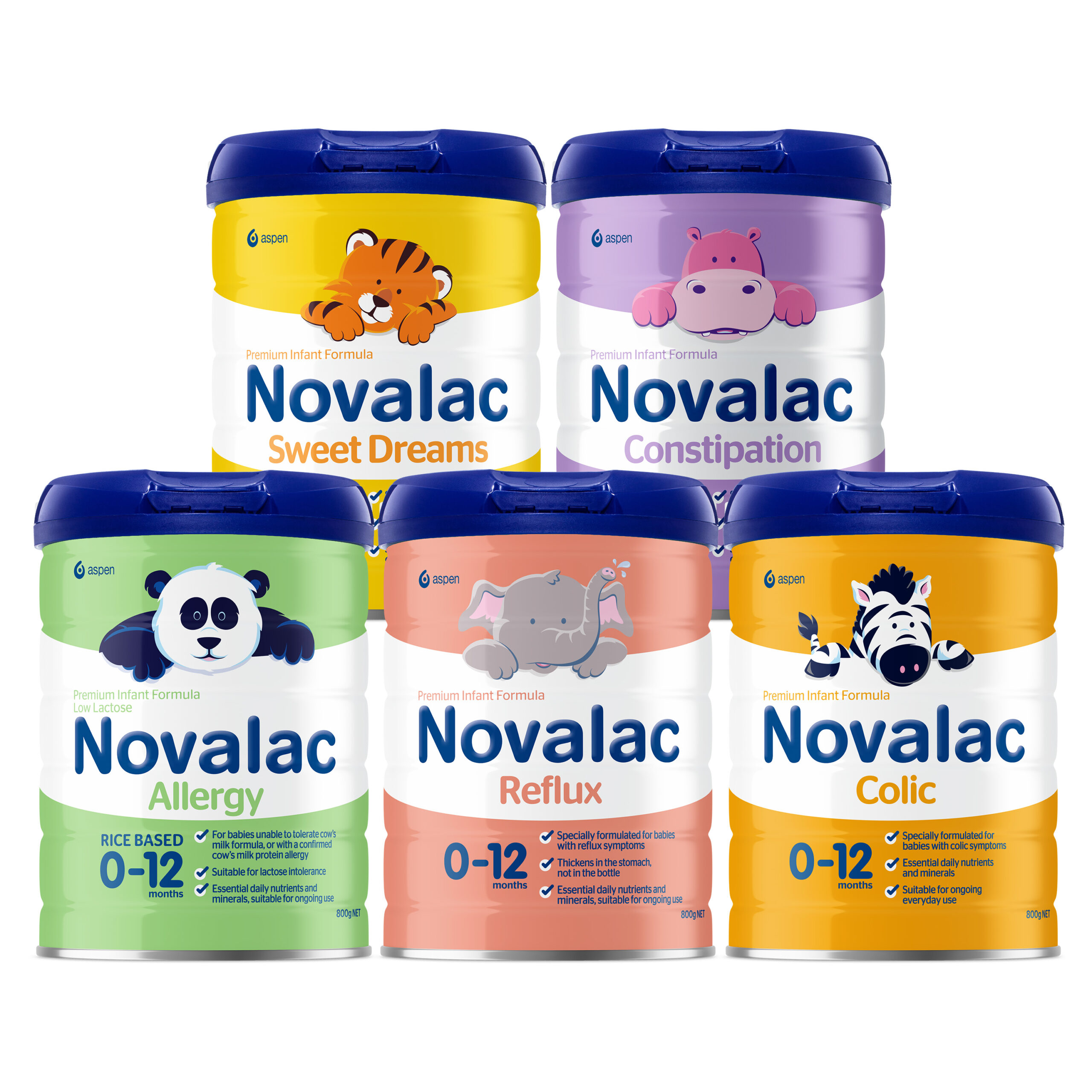Cow's Milk Protein
Allergy
Cow’s Milk Protein Allergy is one of the most common food allergies in babies.
What is Cow’s Milk Protein Allergy?
Cow's milk protein allergy occurs when the body’s immune system reacts to one or more proteins found in cow’s milk and other dairy products. In Australia and New Zealand, around 1 in every 50 babies has an allergy to cow’s milk protein.1
Cow’s milk protein allergy is not the same as lactose intolerance, which is an inability to digest lactose.
Fortunately, most children grow out of cow’s milk protein allergy by the time they are three to five years old, when their digestive and immune systems are more mature.
What causes Cow’s Milk Protein Allergy?
Food allergies, including cow’s milk protein allergy, are caused by the body’s immune system mistakenly identifying certain proteins found in a food as dangerous. The immune system launches an attack against the food proteins, resulting in an allergic reaction to the food when it’s eaten.
If there is a history of allergy in your family, then there is a higher risk that your baby may develop a cow’s milk allergy or sensitivities to other common food allergens.
What are the symptoms of Cow’s Milk Protein Allergy?
Symptoms of cow’s milk protein allergy can occur within minutes or up to several days after your baby has had cow’s milk protein.
Your baby may develop symptoms such as:
- Hives or rash
- Swelling of the face, lips or eyelids
- Vomiting or diarrhoea
- Noisy breathing or wheezing
- Runny nose or watery eyes
If you are worried your baby is having a severe allergic reaction, you should take them to the nearest hospital immediately.
Delayed reactions can be harder to spot, but you may notice that your baby:
- Has a rash that won’t go away
- Has digestive problems such as abnormal stools, regurgitation or colic
- Is not growing and thriving as they should be
- Seems constantly distressed or is reluctant to feed
Is it milk rash or a rash from a milk allergy?
“Milk rash” is common in babies in the first few months of life, but is not necessarily a dairy allergy symptom. Milk rash looks like small white pimple-like bumps on your baby's cheeks, nose and forehead. It often occurs when your baby has a change in diet, such as when you first introduce cow’s milk, but will usually disappear on its own within a few weeks. If milk rash persists in your baby it could be a sign of a milk allergy, so always talk to your healthcare professional if you’re concerned about your baby.
What should I do if I think my baby may have Cow’s Milk Protein Allergy?
If your baby has symptoms of a cow's milk allergy, make an appointment to see your healthcare professional as soon as you can. Not all reactions to cow’s milk are due to allergy, and so it’s important to seek expert advice for a food allergy test and a confirmed diagnosis.
Reference:
1. Australasian Society of Clinical Immunology and Allergy. 2019. Cow’s Milk (Dairy) Allergy.

NOVALAC ALLERGY
Learn more about Novalac Allergy




